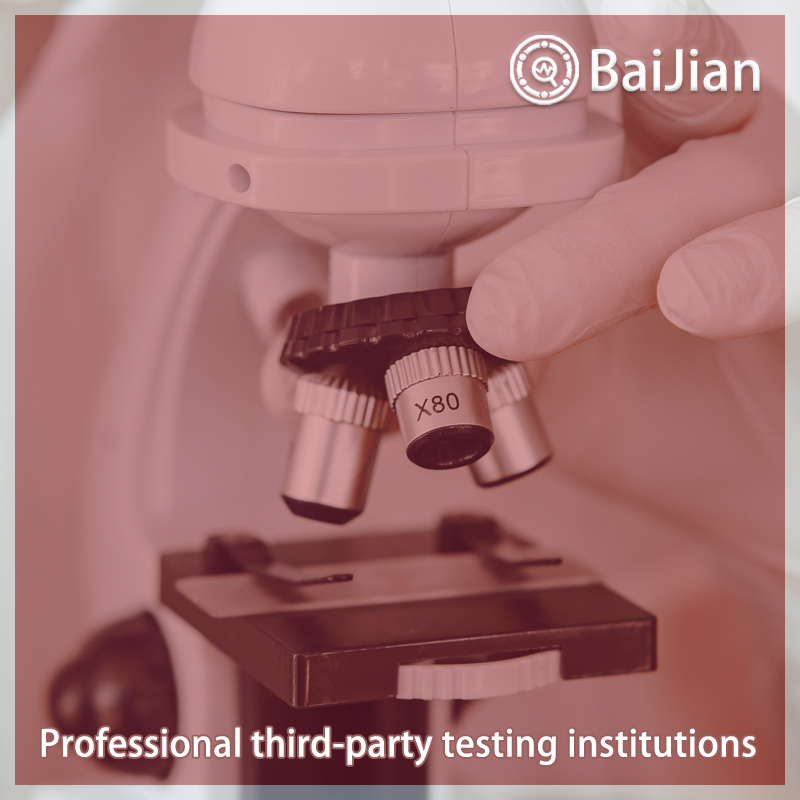
The types of waste electronic and electrical equipment include: refrigerators, washing machines, microwaves, air conditioners, and other large household appliances; Small household appliances such as vacuum cleaners and electric shavers; Information technology (IT) and remote communication equipment such as computers, printers, fax machines, copiers, telephones, etc; User equipment such as radios, televisions, cameras, audio systems, etc; Electronic and electrical tools such as drilling machines and electric saws; Electronic toys, leisure and sports equipment; Medical devices such as radiation therapy equipment, heart disease treatment equipment, and fluoroscopy equipment; Monitoring and control tools such as smoke detectors and automatic temperature regulators; Various vending machines. Electronic waste refers to abandoned electronic and electrical equipment and its components. Including: non-conforming equipment and its components generated during the production process; Scrap products and discarded components generated during the maintenance process; Consumer waste equipment; According to relevant laws and regulations, equipment and its components that are considered electronic waste. [2] One obvious characteristic of waste electronic and electrical equipment is its wide variety and large quantity, and WEEE almost involves every corner of production and life. The coexistence of resource and pollution is another characteristic of WEEE, which is mainly composed of metals, ceramics, glass, plastics, rubber, semiconductors, composite materials, and various chemical substances. The recyclability of electronic waste is high, and in addition, circuit boards also contain precious metals such as gold, palladium, platinum, silver, as well as rare elements such as tantalum, niobium, and cerium. Therefore, it has important economic value for the recycling and utilization of WEEE. Treatment of waste electronic and electrical equipment ① Incineration treatment ② Landfill treatment ③ Physical and mechanical methods for recovering copper, precious metals, etc. ④ Thermochemical methods for obtaining chemical raw materials, gas fuels, or liquid fuels
Function of testing report:
1. Project bidding: Issue authoritative third-party CMA/CNAS qualification report
2. Online e-commerce platform entry: Quality inspection report recognized by major e-commerce platforms 3. Used as a sales report: issuing legally effective testing reports to make consumers more confident 4. Papers and research: Provide professional personalized testing needs 5. Judicial services: providing scientific, fair, and accurate testing data 6. Industrial problem diagnosis: Verify the troubleshooting and correction of industrial production problemsBaijian and testing process:
1. Telephone communication and confirmation of requirements
2. Recommend solutions and confirm quotations 3. Mail samples and arrange testing 4. Progress tracking and result feedback 5. Provide reports and after-sales service 6. If urgent or priority processing is requiredTesting and testing characteristics:
1. The testing industry is fully covered, meeting different testing needs
2. Fully cover the laboratory and allocate localized testing nearby3. Engineers provide one-on-one services to make testing more accurate
4. Free initial testing, with no testing fees charged
5. Self service order delivery for free on-site sampling
6. Short cycle, low cost, and attentive service 7. Possess authoritative qualifications such as CMA, CNAS, CAL, etc 8. The testing report is authoritative and effective, and is generally used in China